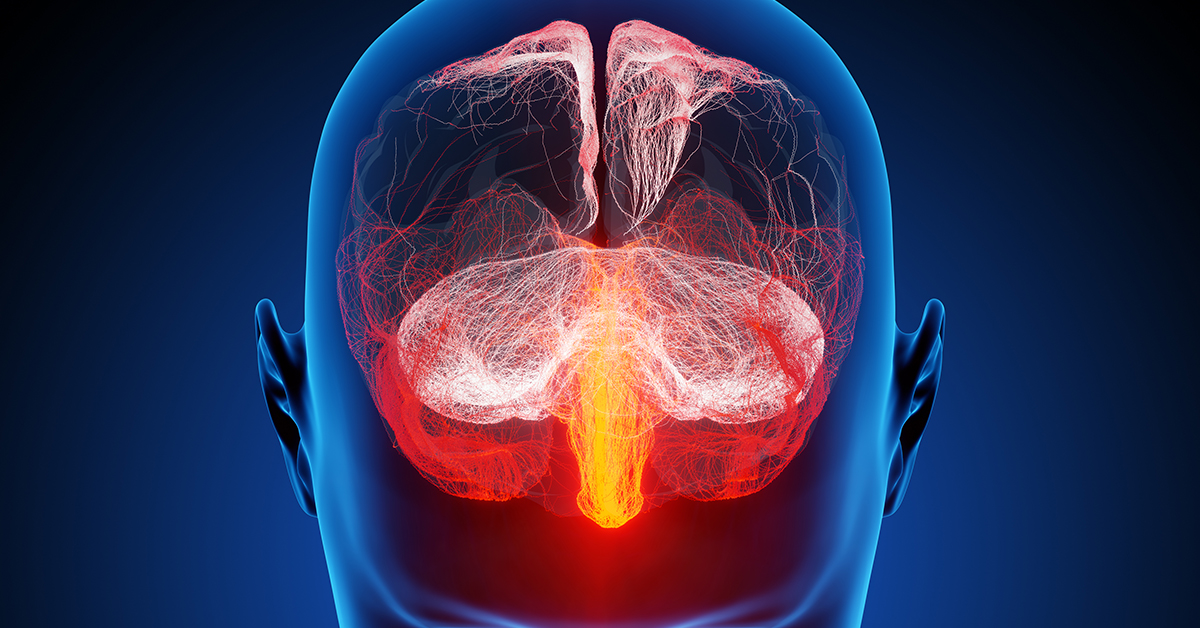Request an Appointment
Please call our office at 816-363-2500 to make an appointment. Don’t forget to bring your imaging studies with you.
Chiari Malformation

What is a Chiari Malformation?
A Chiari Malformation occurs when the part of the skull that contains the cerebellum is deformed or too small, which puts pressure on the brain and brainstem, forcing it past the opening to the spinal canal. The pressure on the cerebellum can cause signs of neurological problems. Forcing the cerebellum into the upper spinal canal can also disrupt the flow of cerebrospinal fluid, which protects the brain and spinal cord. This can interfere with the signals normally transmitted between the brain and the body. It can also cause spinal fluid to build up in the spinal cord or brain.
What causes Chiari Malformations?
The cause of Chiari malformation is not currently known, but it may be due to problems during fetal development, like exposure to hazardous substances. It may also run in families. There are four types of Chiari malformation:
- Type I: This is the adult form of Chiari malformation, and the most common of the four types. It develops as the brain and skull grow, so symptoms may not appear until adulthood or adolescence. This type does not involve the brainstem.
- Type II: This type is congenital and is the most common pediatric form of Chiari malformation. This type forces the cerebellum and brainstem into the upper spinal canal. Type II is often seen in infants born with spina bifida, which causes part of the spinal cord and its surrounding structures to form outside the body, often causing complete or partial paralysis. This type is sometimes associated with hydrocephalus, a condition in which too much cerebral spinal fluid is in the brain. This puts further pressure on the inside of the skull, often creating a larger-than-usual appearance.
- Type III: This type occurs when, in addition to the cerebellum and brain stem being pushed through the spinal canal opening, part of the fourth ventricle, the part of the brain that circulates cerebral spinal fluid and connects upper parts of the brain, is pushed through the opening to the spinal canal. In this type, the back of the brain can protrude out of the back of the skull. This type is very serious and can cause severe neurological defects.
- Type IV: This type of Chiari malformation occurs when the cerebellum fails to develop normally. The cerebellum may have parts missing or be found further down the spinal canal.
Symptoms and Diagnosis
Symptoms of Chiari malformation Type I typically include headaches that are made worse by coughing, straining or sneezing. Neck pain that sometimes goes down the shoulders and problems with gait and balance also may occur. A patient with Chiari malformation Type I may also have numbness and tingling of the feet and hands, as well as problems with fine motor skills. Slurred speech, vision problems, difficulty swallowing and dizziness are also symptoms. Sometimes, tinnitus, bladder control problems, and sleep apnea can also occur, as well as chest pain and spinal curvature.
In a patient with Chiari malformation Type II, symptoms related to spina bifida may be present. In this type, more tissue is forced into the spinal canal than in Type I.
In Types II, III, and IV, the diagnosis may be made when the patient is born, as the congenital defects will be obvious from birth. A patient with Chiari malformation Type I may not have any symptoms until adolescence or adulthood, so the physician will go over the patient's medical history, asking about developmental milestones and family medical problems. A physical exam will follow, during which the circumference of the head may be measured, and the back may be examined. Diagnostic tests like an MRI or a CT scan can confirm the diagnosis.
How are Chiari Malformations treated?
If the patient is without symptoms or the symptoms are not severe, the physician may prescribe observation and medication. However, to treat severe Chiari malformation, surgery is required to stop the progression of anatomical changes in the brain and spinal canal and to ease symptoms. Surgeries are usually decompressive in nature and may include a spinal laminectomy or a posterior fossa craniectomy. More than one surgery may be needed to treat Chiari malformation.
Risks and benefits
Failure to take preventive measures for any spinal condition may result in a further aggravated condition. Surgical measures for advanced cases may give relief from extremity pain. The risks involved with surgery are common - infection, blood loss, non-union, damage to nerves and spine - and some specific to your treatment. This material is intended to give the patient an overview of surgical procedures and treatments and is not intended to replace the advice and guidance of a physician. Always consult with your doctor about the particular risks and benefits of your treatment.

 The Highest Quality of Neurosurgical Care
The Highest Quality of Neurosurgical Care